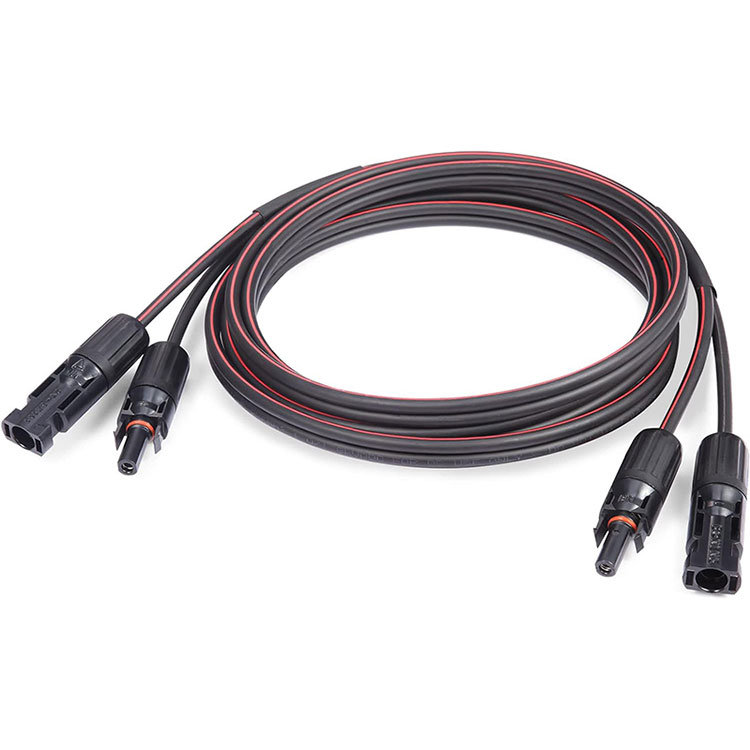What are the different types of solar cables?
2024-05-29
Solar cables are specialized electrical cables designed for use in photovoltaic (PV) power systems. They are essential for ensuring the efficient and safe transmission of electricity generated by solar panels. The different types of solar cables include:

1. PV1-F Cables
- Description: These are single-core cables specifically designed for use in solar power systems.
- Features: They have high temperature resistance, UV resistance, and are designed to withstand harsh environmental conditions. They are typically used for connecting solar panels to the inverter.
- Standards: Compliant with IEC 62930 and EN 50618 standards.
2. USE-2/RHH/RHW-2 Cables
- Description: These are commonly used in the United States and are designed for general wiring purposes, including solar applications.
- Features: Rated for wet and dry locations, with high resistance to sunlight and temperature variations. They are generally used for underground service entrances and PV system wiring.
- Standards: Compliant with UL 854 for USE-2 and UL 44 for RHH/RHW-2.
3. H1Z2Z2-K Cables
- Description: These are designed specifically for the European market and are used in solar installations.
- Features: Highly flexible, with superior resistance to UV, ozone, and hydrolysis. They also offer excellent mechanical robustness.
- Standards: Compliant with EN 50618.
4. Solar DC Cables
- Description: These cables are designed for direct current (DC) applications within solar power systems.
- Features: They offer excellent resistance to UV radiation, ozone, and moisture, and are designed to handle high voltage and current requirements in PV systems.
- Standards: Often comply with TUV or UL standards specific to solar installations.
5. Solar AC Cables
- Description: Used for alternating current (AC) applications, primarily to connect the inverter to the grid or load.
- Features: Designed to handle high voltage AC power with good flexibility and resistance to environmental factors.
- Standards: Comply with standard AC wiring regulations depending on the region.
6. Battery Cables
- Description: Used to connect solar panels or charge controllers to batteries in off-grid solar power systems.
- Features: These cables are designed to handle high current and have high flexibility for ease of installation.
- Standards: Compliant with various UL standards for battery applications.
7. Hybrid Solar Cables
- Description: These cables integrate both power and data transmission in a single cable, used in advanced solar power systems with monitoring capabilities.
- Features: Provide dual functionality, reducing the need for multiple cable runs and simplifying installation.
- Standards: Must meet both electrical power and data communication standards.
8. String Cables
- Description: Used to connect multiple solar panels in series (forming a string) and then connecting these strings to a combiner box or directly to the inverter.
- Features: Designed to handle the combined voltage and current from multiple panels with high flexibility and UV resistance.
- Standards: Compliant with PV-specific standards like TUV and UL.
Each type of solar cable is designed to meet specific requirements of solar power systems, ensuring safety, efficiency, and longevity of the installation. Proper selection and installation of these cables are critical for the optimal performance of solar power systems.


